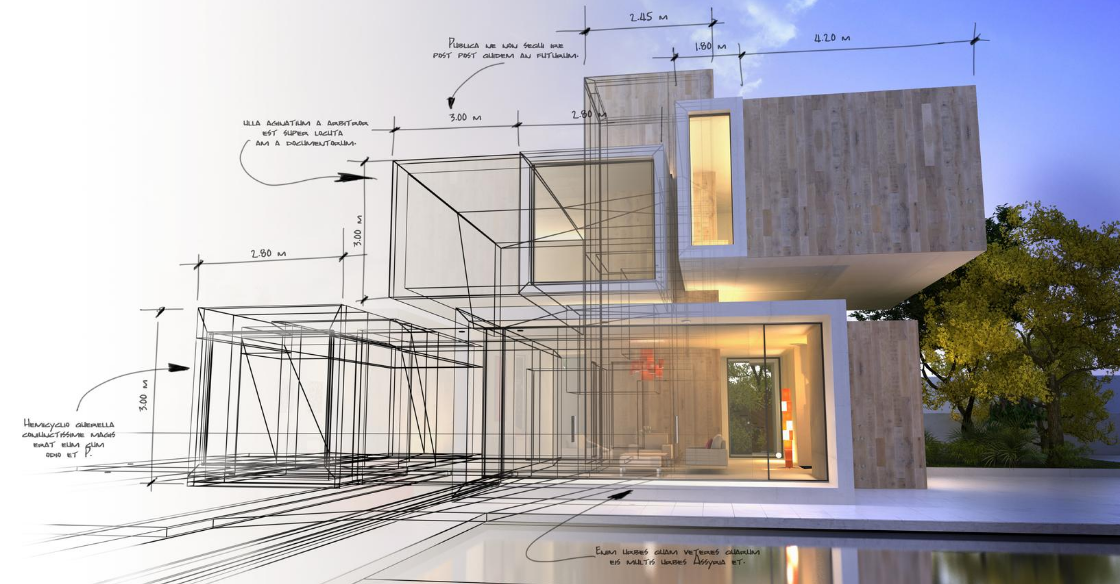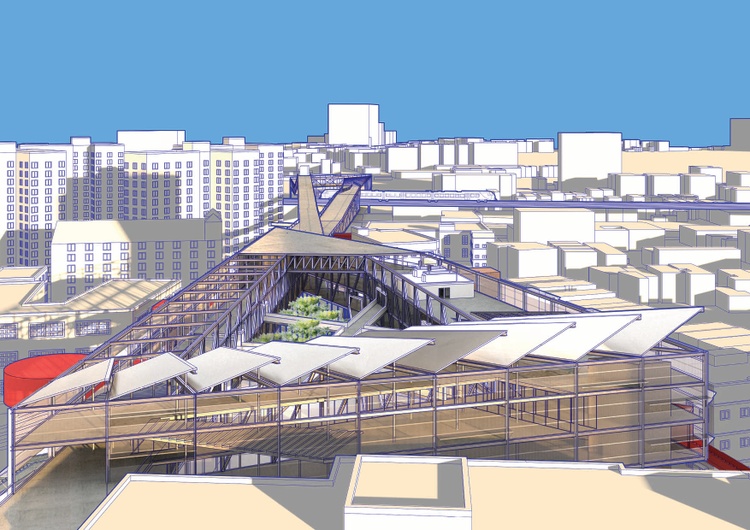Check Out Award-Winning Jobs by Renowned CDA Architects
Check Out Award-Winning Jobs by Renowned CDA Architects
Blog Article
The Effect of Technological Advancements on the Layout Practices of Contemporary Architects
The quick development of technological tools has actually considerably reshaped the layout landscape for modern designers, cultivating extraordinary levels of technology and sustainability. Discovering these characteristics reveals a nuanced interaction between innovation and conventional design methods, motivating a more detailed assessment of what the future holds for building techniques.
Evolution of Architectural Devices
Just how have architectural devices changed the style and building processes over the centuries? The development of architectural tools has dramatically affected the effectiveness, precision, and creativity of layout and building and construction.
With the development of the Renaissance, the intro of the compass and the protractor noted an essential shift. These devices enabled designers to attain greater accuracy in their designs, assisting in the emergence of more complex and in proportion structures. The Industrial Revolution better changed architectural technique with the introduction of mechanical tools and products, enabling larger and extra ambitious projects.
In the 20th century, the growth of computer-aided layout (CAD) software transformed the landscape once again, providing engineers with unmatched capabilities in modeling and visualization. Today, advanced devices such as Building Details Modeling (BIM) and parametric style software remain to press the limits of building technology, enabling an extra integrated technique to layout and building and construction procedures.
Improved Cooperation in Layout
As modern technology continues to progress, enhanced partnership in layout has become a foundation of contemporary building practice. The assimilation of digital devices such as Building Information Modeling (BIM), cloud-based platforms, and advanced visualization software has changed the method architects, engineers, and stakeholders connect throughout the style procedure. These devices assist in real-time interaction, enabling teams to share ideas, modifications, and feedback immediately, no matter of geographical area.

Additionally, interdisciplinary collaboration has actually been structured with these technical improvements, enabling architects to work more closely with other professionals, such as urban coordinators and ecological professionals. The result is a much more natural method to create that takes into consideration different point of views and proficiency. Ultimately, boosted collaboration in layout is not just a pattern; it is essential for producing cutting-edge, useful, and cosmetically pleasing style in a significantly intricate globe.
Sustainability With Technology
Sustainability in style has actually significantly come to be linked with technical innovation, driving the market towards ecologically accountable methods - cda architects. Contemporary designers are leveraging sophisticated innovations to reduce environmental influence while enhancing the performance of structures. One prominent example is making use of Structure Information Modeling (BIM), which enables exact preparation and source allocation, minimizing waste throughout construction and promoting energy effectiveness throughout a structure's lifecycle
In addition, smart materials and energy-efficient systems are being integrated right into designs to optimize resource usage. Technologies such as solar cells and environment-friendly roof harness renewable resource resources, adding to decreased carbon footprints. Furthermore, the application of man-made knowledge in layout procedures makes it possible for engineers to simulate and analyze energy usage, directing decisions toward more sustainable outcomes.
The integration of sustainable innovations not only straightens with international ecological objectives yet additionally fulfills an enhancing demand from customers for environmentally friendly services. As designers accept these technologies, the focus changes in the direction of producing areas that are not only aesthetically pleasing yet additionally functionally sustainable, thereby redefining the criteria of contemporary architecture. This way, modern technology works as a driver for sustainability, enabling engineers to create buildings that regard and enhance the native environment.
Challenges in Execution
While technological advancements in design hold wonderful guarantee for enhancing sustainability, their application typically encounters substantial challenges - cda architects. One key obstacle is the steep learning curve associated with new modern technologies. Designers and construction experts might require considerable training to efficiently make use of advanced software program and tools, which can postpone task timelines discover here and boost prices
Additionally, the combination of arising innovations, such as Structure Info Modeling (BIM) and lasting materials, commonly necessitates partnership throughout multidisciplinary teams. This partnership can be prevented by differences in proficiency, process, and interaction styles, resulting in possible conflicts and ineffectiveness.
Financial restraints better complicate the adoption of cutting-edge technologies. Numerous building companies, specifically smaller sized ones, might lack the resources to spend in sophisticated tools, limiting their capability to complete with bigger companies that can manage such investments.
Additionally, governing structures and building codes may not equal technological developments, producing uncertainty and prospective conformity concerns. This obstacle can inhibit engineers from completely accepting new innovations, as the danger of non-compliance may outweigh the benefits. As a result, attending to these execution obstacles is crucial for the effective assimilation of technical improvements in modern architectural practices.
Future Fads in Design
The challenges connected with the execution of brand-new innovations in style have actually motivated a reevaluation of future trends within the sector. As engineers navigate issues such as sustainability, urbanization, and social equity, they are significantly embracing ingenious technologies to enhance style efficiency and ecological performance.
One popular fad is the integration of expert system (AI) in the style Read More Here process. AI tools can assess substantial datasets to inform design decisions, boosting both imagination and functionality. Building Details Modeling (BIM) continues to progress, making it possible for real-time partnership amongst stakeholders and helping with structured job monitoring.
Sustainable style techniques are also getting momentum, with designers concentrating on adaptive reuse and regenerative style concepts that reduce source intake and waste. The consolidation of clever products and look at this website renewable power resources will even more improve the resilience of buildings when faced with climate adjustment.

Final Thought
Technological advancements have actually considerably improved building style practices, promoting enhanced precision, cooperation, and sustainability. The combination of devices such as Building Details Modeling and parametric style software, along with expert system and smart materials, equips architects to deal with intricate difficulties better. While application might provide particular challenges, the ongoing development of these modern technologies promises to drive advancement in style. Future fads will likely better stress sustainability and effectiveness, inevitably redefining the built setting.
Report this page